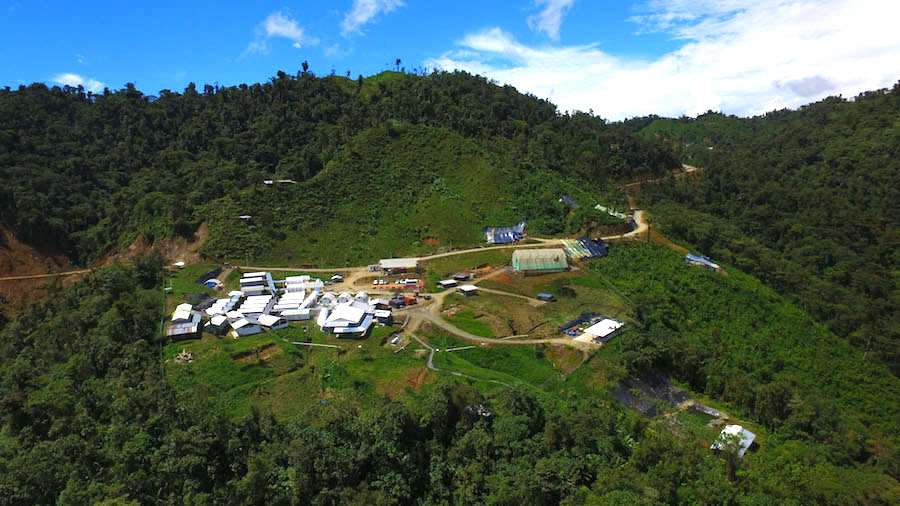Ecuador, SolGold seal deal to launch nearly $5bn mining project

Ecuador’s government concluded negotiations with Australian miner SolGold to develop a major mine seen requiring a $4.9 billion investment over the lifetime of the project, the energy and mines ministry announced in a statement on Thursday.
The underground Cascabel mine is estimated to generate $35 billion in exports while attracting around $8 billion in royalties and taxes to state coffers during its operating life, the statement added.
SolGold said that the reserves estimates are based on an initial 26-year operating life of the project and a processing plant featuring an annual throughput of 25 million metric tons.
Cascabel is located in the Andean nation’s northern Imbabura province, and the ministry has previously said it could become the world’s biggest silver mine, third biggest for gold and No. 6 for copper.
While Ecuador holds abundant mineral reserves, it has lagged far behind South American mining giants Peru and Chile due largely to resistance from indigenous communities and court decisions that have thwarted extractive activities.
The agreement, which the ministry said was signed on Wednesday, commits SolGold to invest $4.882 billion during Cascabel’s useful life, according to the ministry’s statement.
The agreement with SolGold will “position Ecuador as an important producer and copper exporter,” said Minister Fernando Santos, noting that the project has been awarded all necessary environmental and water permits.
Initial mineral reserves at Cascabel are estimated at 3.3 million metric tons of copper, 9.4 million ounces of gold and 30 million ounces of silver, according to company data.
Construction of the mine is seen starting in 2025, with operations kicking off in 2030, the ministry added.
Official data showed Ecuador exported about $2.8 billion worth of mining output last year, up by nearly a third compared to the previous year. The country’s Fruta del Norte and Mirador mines, plus small-scale mining activities, were cited as major contributors.
(By Alexandra Valencia and Carolina Pulice; Editing by David Alire Garcia and Sandra Maler)
More News
Trump planning to stockpile deep-sea minerals to counter China: FT
April 13, 2025 | 07:56 am
Goldman Sachs upgrades gold forecast again to $3,700
April 12, 2025 | 08:05 pm
{{ commodity.name }}
{{ post.title }}
{{ post.date }}




Comments